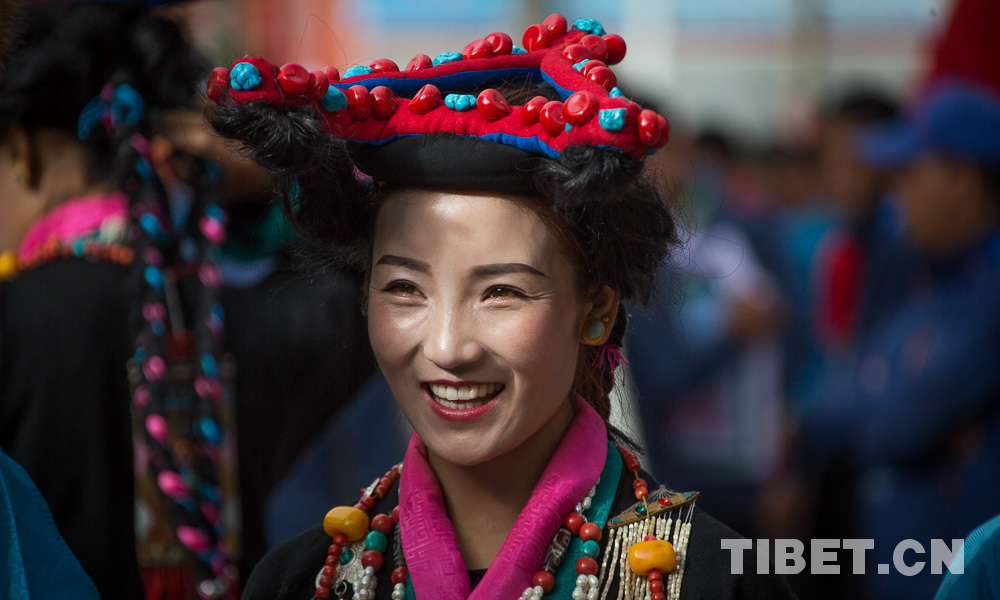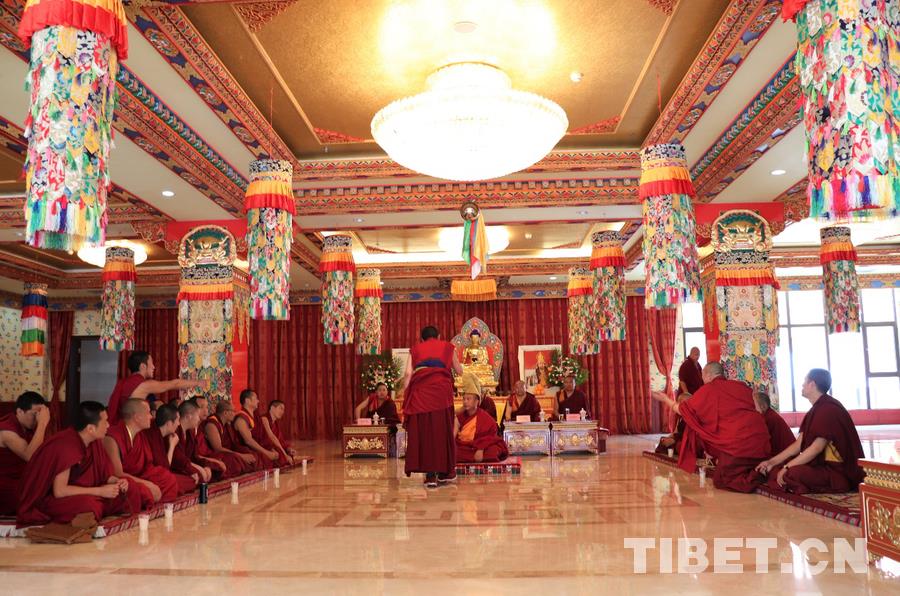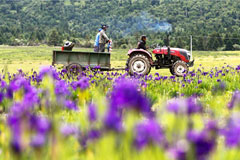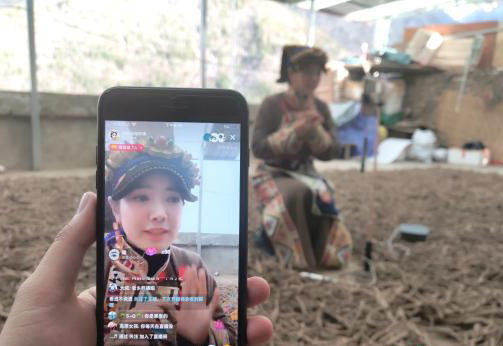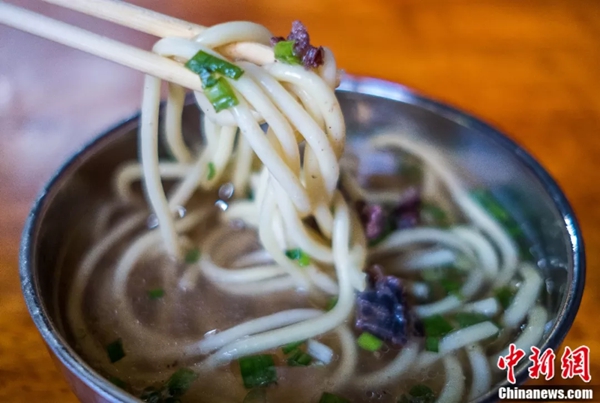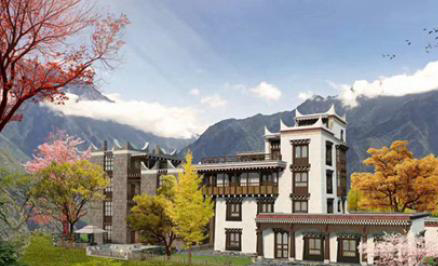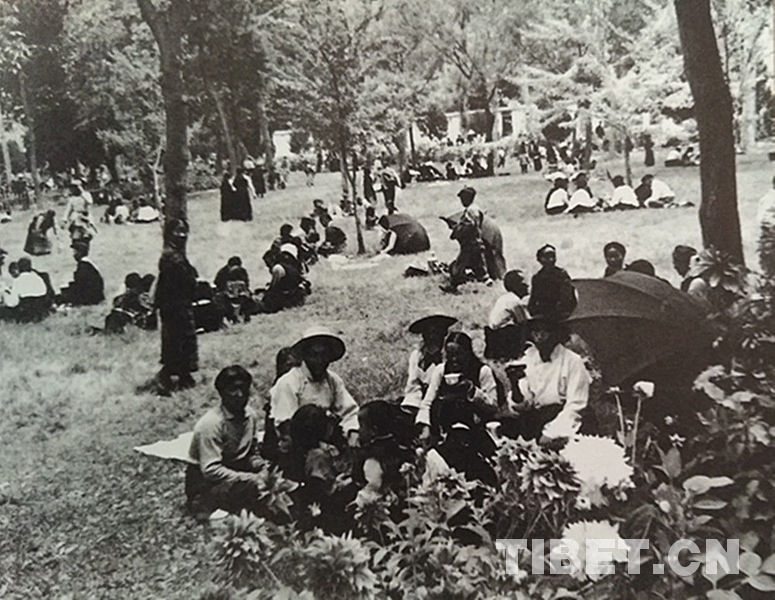Tibetan craftsman keeps ancient art alive with clay figurines
For Tibetan craftsman Kelsang Tsering, the highlight of his daily work is bringing clay Buddha figurines, mostly seen in monasteries, to common households.
From clay selection and sculpting to wiping and coloring, Kelsang Tsering is kept busy creating Buddha clay statues in his workshop in the Tibetan autonomous prefecture of Huangnan.
Huangnan in Northwest China's Qinghai province is the cradle of Regong arts, a UNESCO-listed intangible cultural heritage item. They include thangka painting, sculptures, murals and other Tibetan Buddhist art forms.
Kelsang Tsering began learning sculpture at the age of 17. "Our teacher guided us to observe Buddha statues in monasteries, encouraging us to memorize their characteristics," he said.
From the basics of thangka painting to sculpture, it usually takes more than 10 years for students to fully master the arts, he added.
At the age of 23, he lived in various monasteries for one to six months. He carved statues during the day and drew by lamp light at night.
"When I was a child, my father always carried a dark-green haversack with wooden carving tools and kits in it. His hands were always covered with dirt," said Pema Dorje, Kelsang Tsering's son.
Kelsang Tsering said: "There are no shortcuts to being a craftsman. Only through practice can we create high-quality artwork."
The key materials of a clay sculpture include red clay, powdered coral and pearls and bits of cotton. Over 30 years, Kelsang Tsering has created thousands of Buddha clay sculptures based on Buddhist stories and ancient books.
Many delicate Buddha sculptures in monasteries on the plateaus were created by Kelsang Tsering. With continuous development, Regong art creations, including clay sculptures, have become smash hits and top-selling items.
To serve this trend, Kelsang Tsering started an art and culture company in 2012, attracting 50 apprentices and 70 employees.
Among them, 60 employees were from poor families. Each of them now receives a monthly salary of more than 3,000 yuan ($430).
Nowadays, his company has expanded to include thangka paintings, embossed embroidery and artistic souvenirs. In addition to clay Buddha figurines, Kelsang Tsering also makes sculptures of modern figures, animals and landscapes.
The products have been sold in many provinces such as Gansu, Sichuan and Yunnan.
China has invested more than seven billion yuan into the protection of intangible cultural heritage since it adopted a law to preserve the traditions in 2011.
The country has also stepped up efforts to increase personnel of intangible cultural heritage preservation. More than 700 training programs have been launched in the country, attracting about 29,200 people since 2015.
In Huangnan, more than 40,000 people work in the Regong arts industry. It generates 780 million yuan in annual output value, official statistics showed.
"The company received over 500 orders this year. We sign up for training classes on intangible cultural heritage each year and get a lot of ideas and inspiration from them," said Pema Dorje.
Under the influence of his father, Pema Dorje chose thangka as his major and was admitted into the Qinghai Nationalities University in 2015. Now he helps his father manage the company and create cultural and innovative clay sculpture products.
"Clay sculptures are difficult for tourists to carry. I am trying to find a way to solve this problem and make them more accessible to common people," he said.
Tibet Stories
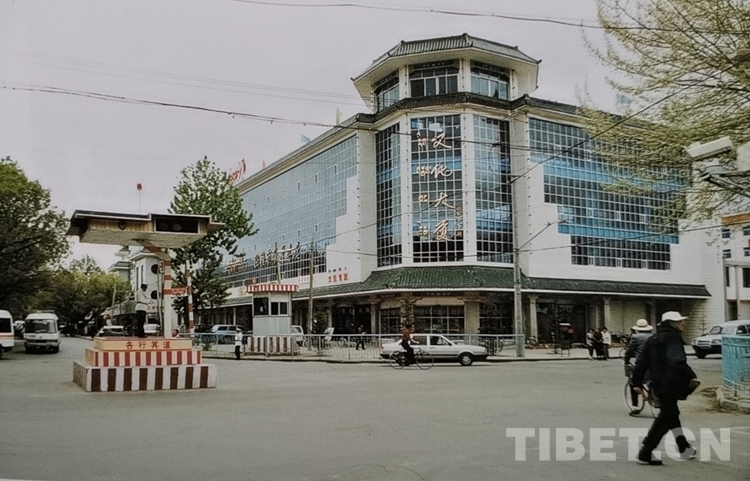
70 Years on: Drawing the newest, most beautiful blueprint on Tibetan Plateau
There have been three construction surges in Tibet in the last century.
